
Stablecoins are having a moment, and nowhere is this more evident than on the Base chain. With global stablecoin market capitalization soaring to $232 billion as of March 2025 (Liberty Street Economics), we’re seeing a powerful shift: local stablecoins are stepping into the spotlight, especially in regions where economic volatility is the norm. Base’s low fees and fast transactions have made it a favorite for projects looking to bring digital dollars (and other local currencies) to everyday users.

Why Local Stablecoins Are Booming on Base
The rise of local stablecoins isn’t just about speculation – it’s about real-world utility. In Latin America, for example, stablecoin transactions hit $415 billion between July 2023 and June 2024, accounting for 9.1% of all global crypto activity (Chainalysis). That’s not just impressive – it’s transformative. Users in countries with high inflation or strict capital controls are turning to digital dollars and other fiat-pegged tokens as lifelines for savings, remittances, and even daily spending.
This trend is even more pronounced in Sub-Saharan Africa, where 43% of crypto volume now comes from stablecoins, thanks to currency devaluation and limited access to foreign exchange (Onchain.org). The Base blockchain has become a go-to platform for these flows due to its cost efficiency and speed compared to legacy blockchains.
Base Chain Visual Data: Regional Insights and Transaction Growth
If you love data as much as I do, you’ll appreciate what’s happening behind the scenes. In Brazil alone, stablecoins now make up roughly 70% of indirect flows from local exchanges to global platforms. That’s a huge signal that people aren’t just holding these tokens – they’re using them as bridges between local economies and the global DeFi ecosystem (Chainalysis).
Zooming out, daily transaction volumes for stablecoins reached $7 billion in 2024, up 8% from the previous year (Coinlaw.io). This uptick isn’t just about whales moving money around – it reflects real grassroots adoption by users seeking stability amid financial uncertainty.
The Technology Driving Local Stablecoin Adoption on Base
What sets Base apart from other blockchains? For one thing, its architecture enables faster block times and much lower transaction fees – two factors that are absolutely critical when you’re sending small amounts across borders or making frequent payments. This technical edge has allowed projects building local stablecoins (think BRL-, NGN-, or ARS-pegged tokens) to reach users who might otherwise be priced out by Ethereum gas fees.
The result? More efficient cross-border payments, easier access to DeFi protocols, and a smoother user experience overall. And with big players like PayPal and Stripe eyeing entry into the space (Finance Magnates), we can expect even more innovation around fiat-backed assets on Base in the coming months.
But it’s not just the tech that matters – it’s the local communities and builders who are making stablecoins truly useful. From neighborhood remittance shops in Buenos Aires to mobile money agents in Lagos, teams are tailoring UX and liquidity solutions to fit local needs. This grassroots approach is why local stablecoins on Base aren’t just another DeFi fad: they’re tools for real financial empowerment.
Top Local Stablecoins Gaining Traction on Base
-
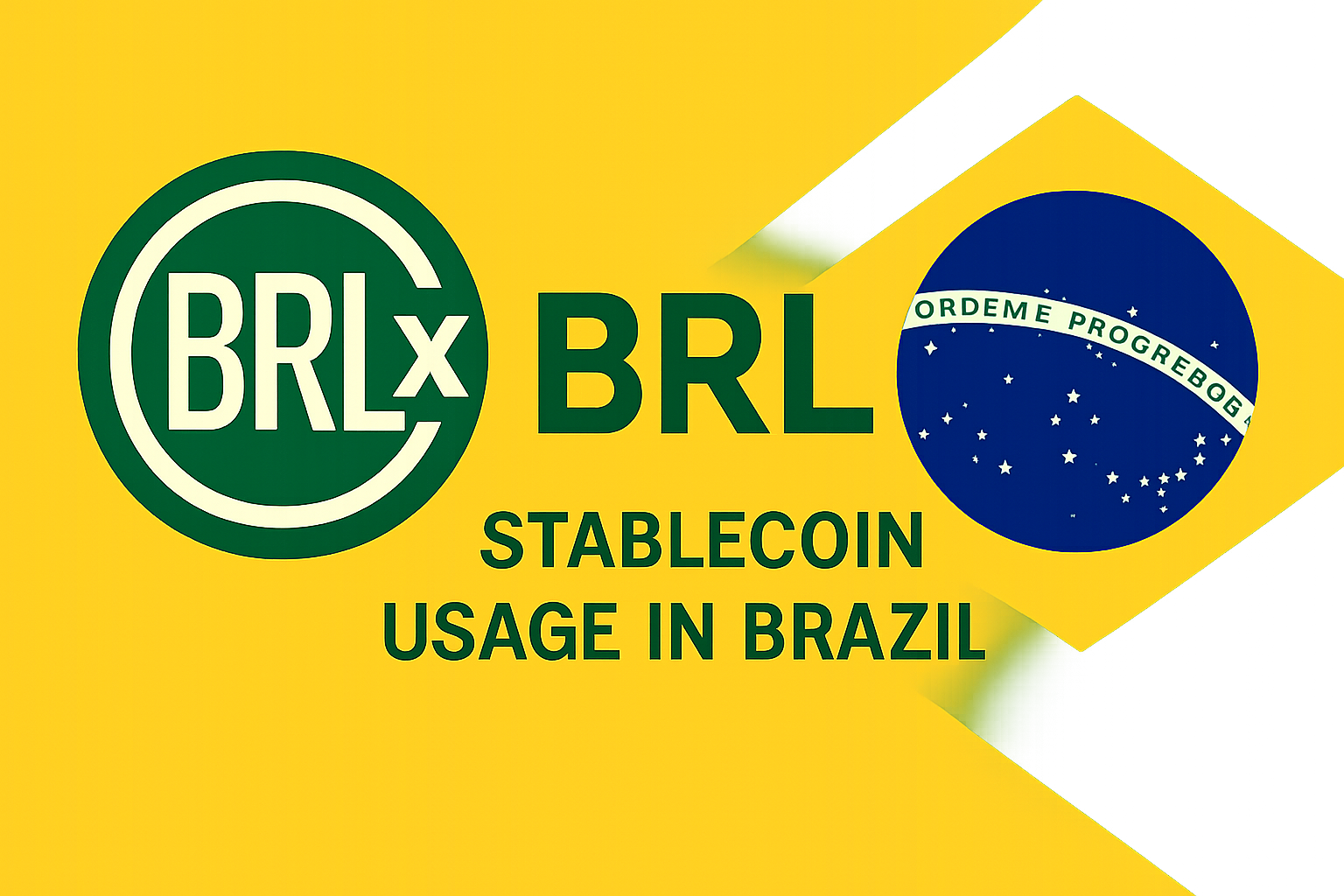
BRLx (Brazilian Digital Real): BRLx is a Brazilian real-pegged stablecoin gaining momentum on Base, enabling seamless remittances, payroll, and cross-border payments for Brazilians facing currency volatility. It serves users in Brazil and the broader Latin American region.
-
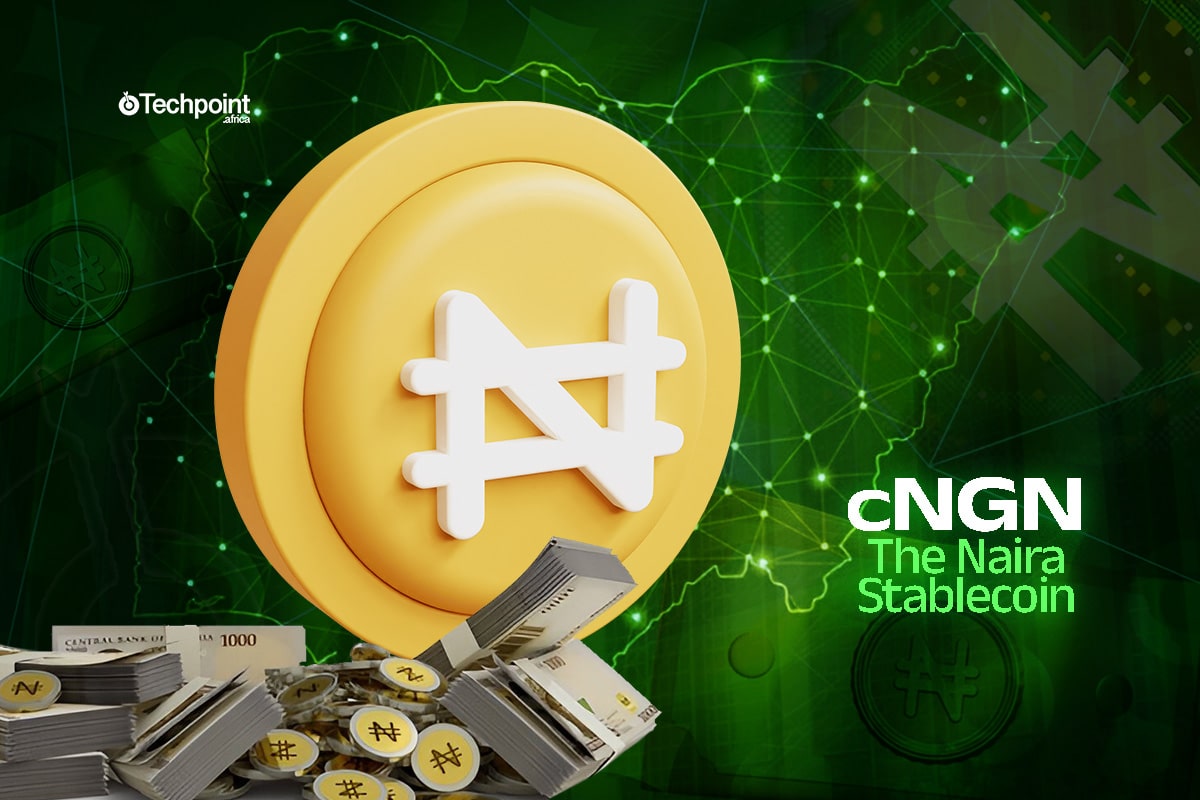
NGN Token (Naira Token): NGN Token is pegged to the Nigerian naira and is increasingly used on Base for cross-border remittances and business settlements. It addresses the needs of users in Nigeria and West Africa, especially amid currency devaluation and FX shortages.
-
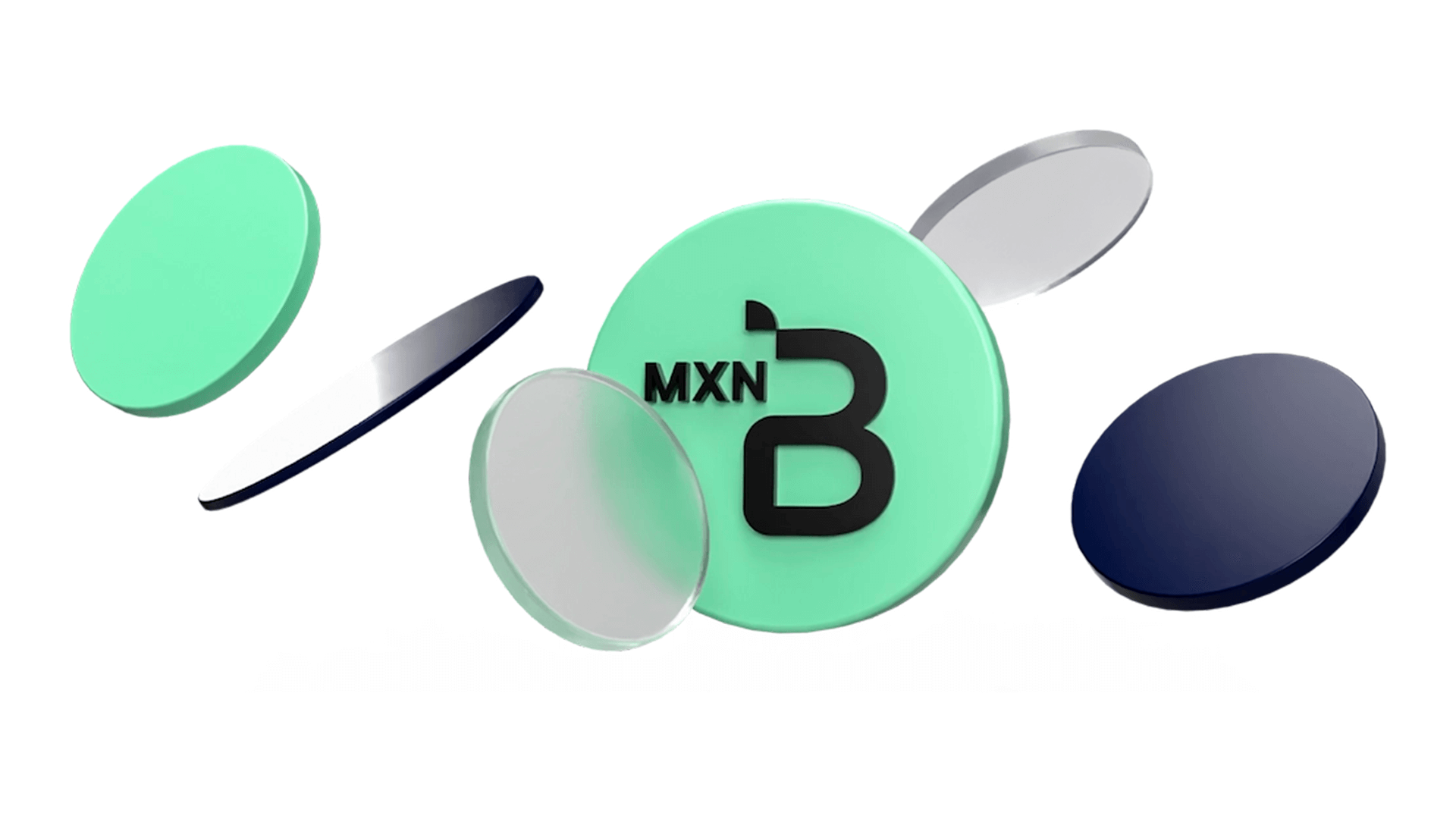
MXN Stablecoin (Moneta Digital MXN): The MXN Stablecoin, issued by Moneta Digital, is pegged to the Mexican peso and facilitates low-cost payments and remittances for Mexicans at home and abroad. Its adoption on Base supports users in Mexico and the U.S.-Mexico corridor.
-
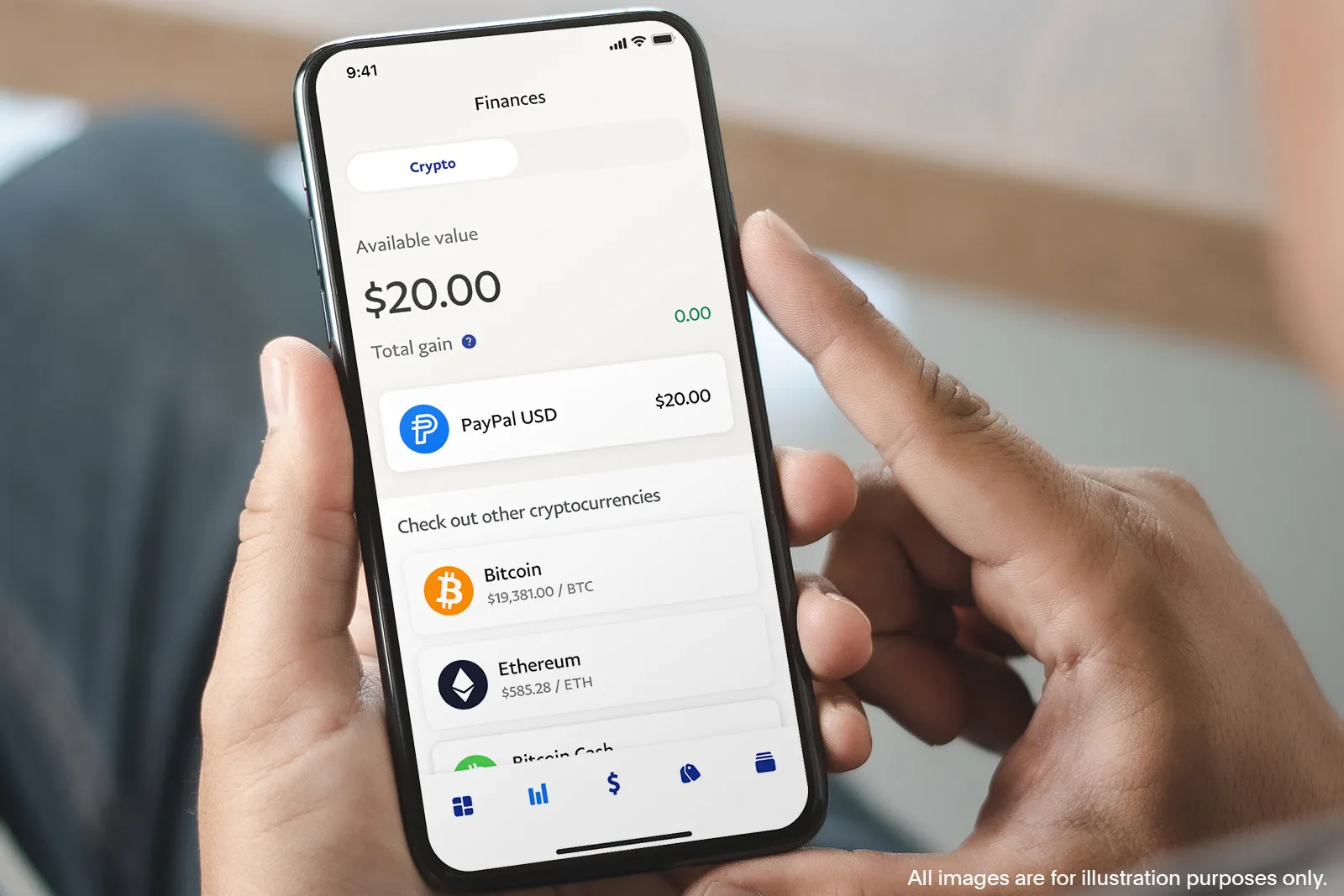
PYUSD (PayPal USD): While USD-pegged, PYUSD has seen notable adoption in Latin America and Sub-Saharan Africa via Base, offering a stable store of value and efficient cross-border transactions for users affected by local currency instability.
-
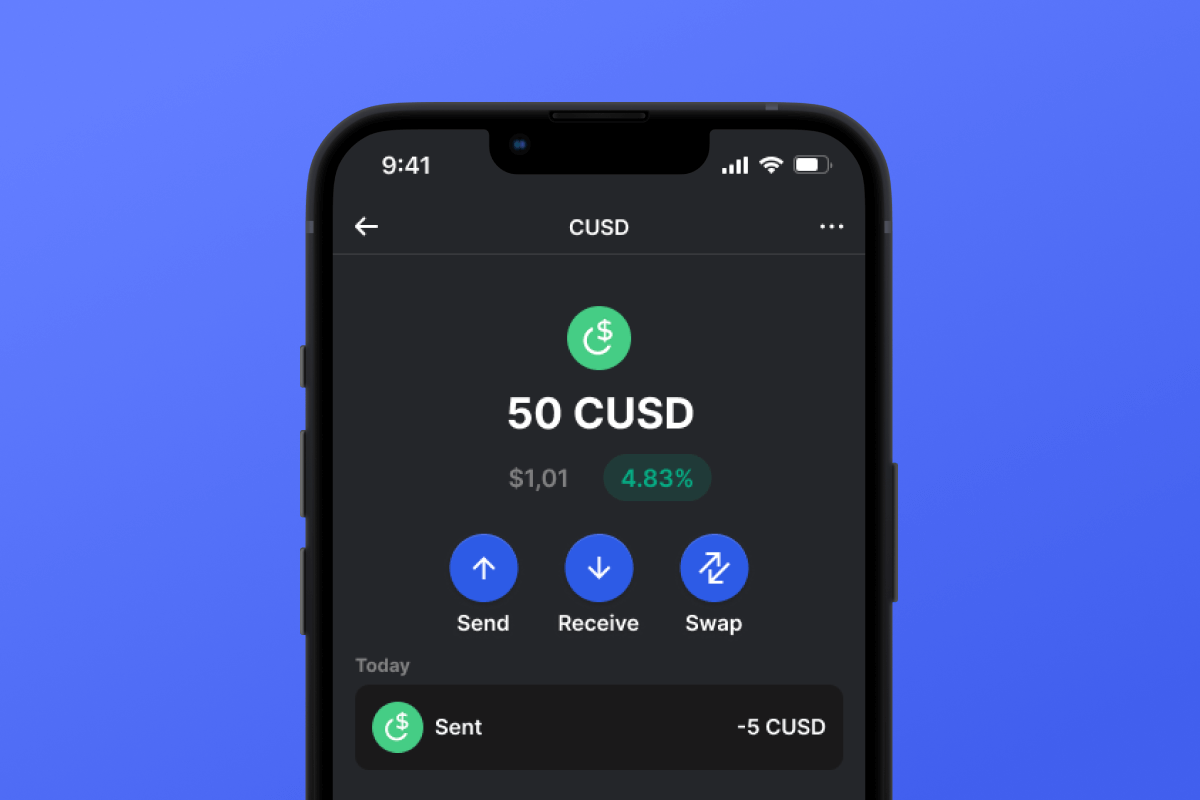
cUSD (Celo Dollar): cUSD, the Celo Dollar, is a mobile-first stablecoin that has found traction on Base, particularly in Sub-Saharan Africa, for peer-to-peer payments and merchant transactions in regions with limited banking access.
Let’s talk about the numbers that really pop. According to recent visual data, transaction heatmaps show activity clusters in cities like São Paulo, Nairobi, and Mexico City – a strong visual cue that adoption isn’t limited to crypto-native hubs but is spreading into everyday commerce. These maps also reveal how Base’s lower fees are fueling microtransactions, which traditional chains often price out entirely.
On-chain analytics platforms are tracking not just volume but wallet growth and retention rates. The number of unique wallets interacting with local stablecoins on Base has grown steadily quarter-over-quarter, signaling sticky adoption rather than fleeting speculation. And as more dApps offer seamless swaps between fiat-pegged tokens and local currencies, friction continues to drop for first-time users.
Challenges Ahead and What To Watch
No story in crypto is complete without a look at potential headwinds. Regulatory clarity remains a work-in-progress across many regions, with some governments embracing digital assets while others hesitate or impose strict rules. Still, the sheer volume of stablecoin activity on Base – especially when tied to essential use cases like remittances or payroll – makes it likely that policymakers will eventually need to accommodate this new reality.
Another challenge? Ensuring deep enough liquidity for smaller regional tokens so users can easily move between digital dollars and their home currency. Liquidity providers and DeFi protocols on Base are stepping up here by incentivizing pools for BRL-, NGN-, ARS-, and other non-USD stables.
Pro tip: If you’re exploring Base chain stablecoins for the first time, start with projects that publish regular transparency reports or undergo third-party audits. Community trust matters just as much as code!
Where Local Stablecoins on Base Go Next
The data is clear: local stablecoin adoption on Base isn’t slowing down. With global market cap at $232 billion, and daily transaction volumes hitting $7 billion, this trend is set to accelerate as more users seek out stability amid economic uncertainty (Liberty Street Economics, Coinlaw.io). Expect more region-specific tokens, better fiat ramps, and tighter integration with both Web3 and traditional payment rails.
If you want a front-row seat to the future of finance in emerging markets, keep your eyes on what’s being built atop Base. The combination of low fees, robust developer tooling, and community-driven innovation means we’re only scratching the surface of what’s possible with local stablecoins.






